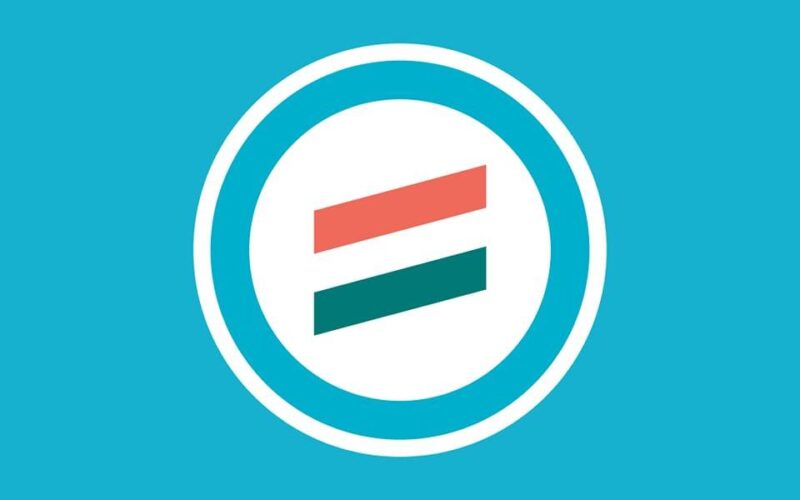#BharatPeIPO #FintechIndia #StockMarketIndia #IPOWatch #PaytmVsBharatPe #StartupProfitability #DigitalLending #RBIApproval #MerchantFocused #DalalStreetDebut #IndianStartups
Mumbai: Fintech major BharatPe is planning to make its stock market debut, with early indications suggesting that the company aims to raise between ₹800 crore and ₹1,200 crore in a pre-IPO (Initial Public Offering) round. According to sources familiar with the matter, the pre-IPO fundraise values BharatPe at 11.5–12 times its revenue, a multiple that closely mirrors peer Paytm’s valuation. For BharatPe, the upcoming IPO will not only test investor confidence in its financials but also its claim of being a leaner, merchant-focused, and profitable alternative in India’s hypercompetitive fintech sector.
Profitability as a Differentiator
Launched just seven years ago, BharatPe reached an important milestone in FY25 by turning profitable. With revenues of around ₹1,500 crore and a net margin of 7.3%, the company has positioned itself as one of the rare fintech players to achieve positive earnings within a relatively short timeline. In comparison, rival Paytm, which has been in the market for over 15 years, only turned profitable in FY26 after years of heavy losses. Paytm managed a significantly higher revenue of ₹6,900 crore in FY25 but operated at a lower margin of approximately 4%.
This early profitability gives BharatPe a crucial edge in the eyes of institutional investors, many of whom have grown increasingly cautious of cash-burning startups after witnessing several high-profile valuation corrections in India’s digital economy since 2022.
Banking on Credit and Lending
Beyond the bottom line, BharatPe’s business model also follows a sharper focus. More than half of the company’s revenues—about 57%—come from its lending operations. This compares with only 27% for Paytm, which spreads its earnings across payments, lending, commerce, insurance, and digital services. BharatPe’s strategy of concentrating on credit has been solidified further with the company recently raising its stake in Trillionloans, its lending subsidiary.
Industry experts suggest that this targeted approach may help BharatPe continue growing sustainably. Lending and credit services have consistently proven to be higher-margin businesses when compared to payments, especially in an environment where government-driven initiatives like UPI (Unified Payments Interface) have led to razor-thin or near-zero margins for payments providers.
Regulatory Tailwinds and Growth Capital
Adding to its strengths, BharatPe recently received regulatory approval from the Reserve Bank of India (RBI) to operate as a Payment Aggregator. This move enhances the company’s ability to streamline transaction offerings for its merchant base and potentially scale higher-value payment services.
At the same time, BharatPe is also in advanced discussions with Coatue Management, a US-based investment firm, to raise $80–100 million in fresh capital. This investment could provide the company with a much-needed buffer as it prepares to scale operations ahead of the IPO. For investors, these developments could be reassuring, signaling BharatPe’s proactive steps in reinforcing governance and strengthening its balance sheet before heading to Dalal Street.
The IPO Market Context
The timing of BharatPe’s market entry will be closely scrutinized. Indian capital markets have been buzzing with IPO activity across sectors in 2024–25, ranging from tech-driven startups to financial services companies. However, investor sentiment toward fintechs remains cautious after the turbulent listing of Paytm in 2021, which initially saw massive valuation concerns and a steep fall in stock price before the company slowly recovered in later years.
BharatPe, by contrast, will be pitching itself as a startup that has learned from those lessons—smaller in scale compared to Paytm but on steadier financial footing, with profitability as its calling card.
Investors’ Dilemma: Scale vs Profitability
The BharatPe vs. Paytm comparison will inevitably dominate investor conversations. On the one hand, Paytm commands scale, with a significantly larger merchant base, higher transaction processed value (TPV), and larger loan disbursements. On the other hand, BharatPe offers what appears to be a more disciplined model: narrower focus, lean operations, faster profitability, and healthier margins.
For prospective investors, the choice may boil down to a trade-off—whether they value the scope and ecosystem-led reach of Paytm or the profitability-first approach of BharatPe. If BharatPe manages to sustain its margins while scaling its lending vertical, it could carve out a strong market identity, appealing to both institutional and retail investors.
The Road Ahead
With bankers being lined up for the IPO, and pre-IPO fundraising likely to conclude in the coming months, BharatPe’s listing could become one of the most closely watched fintech IPOs in recent years. Much will depend on the final offer size, valuation, and investor appetite amid ongoing volatility in global markets.
Analysts believe BharatPe’s ability to strike a balance between profitability and growth will determine its long-term performance post-listing. If successful, the company could set an important precedent in India’s fintech industry, where survival has often been dictated by scale but rarely by sustainable profitability.
Hashtags
#BharatPeIPO #FintechIndia #StockMarketIndia #IPOWatch #PaytmVsBharatPe #StartupProfitability #DigitalLending #RBIApproval #MerchantFocused #DalalStreetDebut #IndianStartups #FinancialServices

